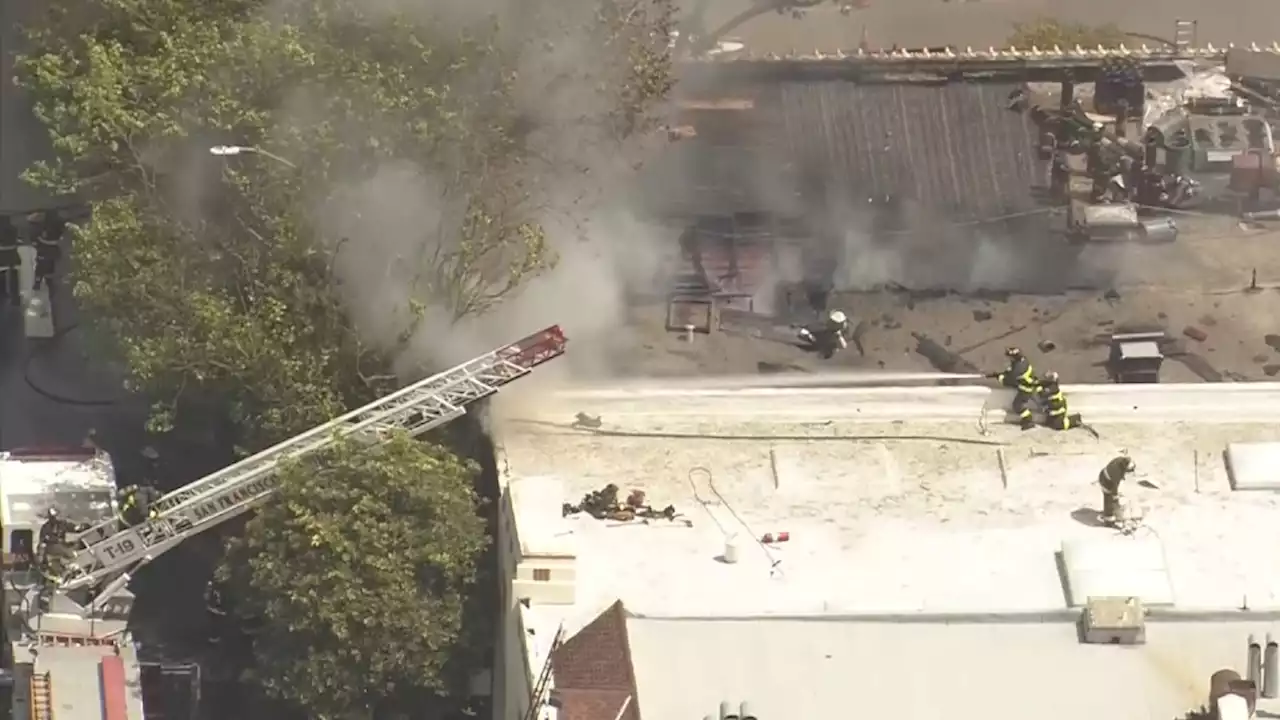In a tiny Costa Rican village, a meteorite fell. More valuable than gold, it was believed to hold crucial information about the building blocks of life. ScienceMagArchives
Aguas Zarcas, as the fragments would soon collectively be called, is a carbonaceous chondrite, a pristine remnant of the early Solar System. The vast majority of meteorites are lumps of stone or metal. But true to their name, carbonaceous chondrites are rich in carbon—and not just boring, inorganic carbon, but also organic molecules as complex as amino acids, the building blocks of proteins.
"If I had to start a new museum collection for meteorites, and I could only select two, I would choose Murchison and Aguas Zarcas," says Philipp Heck, who curates the meteorite collection at Chicago's Field Museum."If I could choose only one, I would choose Aguas Zarcas."the rock entered the atmosphere, however, the clock began to tick.
Then, in the third phase, these small particles started to stick together into boulders, among them the hodgepodge of rocks that would become Aguas Zarcas. Planets began to sweep them up, but the future meteorite avoided that fate, remaining part of a small asteroid in the cold void beyond Jupiter. In that early home, it avoided being melted by the Sun or in the hot interior of a planet.
He quickly packed $50,000 in cash into the liner pockets of a safari vest, along with more clothes for what would now be a jungle expedition, and got on the first possible flight to Costa Rica. As the plane taxied for takeoff after a layover in Dallas, Farmer's phone dinged. It was another message from Costa Rica with a photo. Would he like to buy some meteorites?"I about had a heart attack," Farmer says.
Farmer also bought the fragment that hit Rocky's doghouse. And, for good measure, the doghouse, too. For the next 4 days Farmer and Ward bunked together at a nearby coffee plantation and set up shop each day on the family's front lawn, offering to do business with anyone in town who trekked over. Madrigal, a UCR geochemist, put a piece under a magnifying glass. Her eyes sparkled when she saw the glassy, extraterrestrial chondrules."It is really meaningful to hold a meteorite like this in one's hands: It is at least 4.5 billion years old," she says. Campos Muñoz says she got goosebumps watching the scientists work."It seemed like they were about to burst into tears," she says.
Costa Rica may soon restrict the trade, as well."I consider it necessary to generate a policy regarding objects from outer space that fall into Costa Rican territory," says Ileana Boschini López, head of the country's Directorate of Geology and Mines.Aguas Zarcas belongs to a rare class of meteorites, rich in complex organic molecules, including amino acids. Some scientists believe they gave life a nudge when they slammed into a barren Earth 4.5 billion years ago.
As more collectors swarmed the town and fresh material kept flowing in, other conflicts erupted. Then the first rains fell. Water-logged pieces began to crumble. They emitted a sulfurous reek as the moisture liberated sulfur compounds previously trapped in pores, making remaining fragments easier to find but less precious.
I pick up the smell of moist soil, with an artificial edge reminiscent of permanent marker. Garvie's official report describes a"Murchison-like" odor with"notes of compost." Others compare it to Brussels sprouts, or describe something sweet and organic, like diesel, cooking gas, even vanilla. Farmer, who has a long-standing tradition of eating a little bit of his finds, says it's the nastiest rock he's ever tasted."Laurence got mad at me," Farmer says.
Several other teams are going after the meteorite's complex organic compounds. They formed millions of years later, as basic carbon molecules reacted in the warm, wet interior of Aguas Zarcas's parent asteroid. Some of the products of that early chemistry are volatiles—compounds, frozen in pockets when the meteorite floated in cold space, that are unstable at room temperature on Earth and escape with their telltale smells.
Looking close at isovaline, an amino acid that occurs in space but is almost never found in earthly life, the NASA team has uncovered hints of a deeper pattern. Amino acids can occur in two mirror-image molecular forms, differing like right and left hands. Chemical reactions have no preference for either form, so left alone, nature should produce half-and-half mixtures. But organisms on Earth seem to build themselves out of only left-handed amino acids.
These asteroid scraps will be truly pristine, having never touched the atmosphere or sat atop rainforest soil. Aguas Zarcas—precious but not space-mission precious—is a good material for trial runs: The OSIRIS-REx team bought 60 grams of it to refine its analysis pipeline in advance of the Bennu material.
Argentina Últimas Noticias, Argentina Titulares
Similar News:También puedes leer noticias similares a ésta que hemos recopilado de otras fuentes de noticias.
 Perseverance rover arrives at ancient Mars river deltaPerseverance's search for Mars life might strike gold here.
Perseverance rover arrives at ancient Mars river deltaPerseverance's search for Mars life might strike gold here.
Leer más »
 Funeral for 12-year-old shooting victim Kade Lewin set for Wednesday - New York Amsterdam NewsThe life of 12-year-old Kade Lewin is being celebrated at funeral service being held Wednesday in Brooklyn New Life Tabernacle Church.
Funeral for 12-year-old shooting victim Kade Lewin set for Wednesday - New York Amsterdam NewsThe life of 12-year-old Kade Lewin is being celebrated at funeral service being held Wednesday in Brooklyn New Life Tabernacle Church.
Leer más »
 'Not My Life': an Apartment Block Reflects the New UkraineThe Soviet-era apartment blocks at the end of a tram line in this western Ukrainian city show an indifferent face to the world, blank and gray. But behind every lighted window is a story.
'Not My Life': an Apartment Block Reflects the New UkraineThe Soviet-era apartment blocks at the end of a tram line in this western Ukrainian city show an indifferent face to the world, blank and gray. But behind every lighted window is a story.
Leer más »
 UPDATE: 3-Alarm Fire in San Francisco's West Portal Contained; Firefighter InjuredA three-alarm fire that broke out in the city's West Portal neighborhood late Monday morning has spread to multiple buildings and caused the partial collapse of one structure, according to authorities.
UPDATE: 3-Alarm Fire in San Francisco's West Portal Contained; Firefighter InjuredA three-alarm fire that broke out in the city's West Portal neighborhood late Monday morning has spread to multiple buildings and caused the partial collapse of one structure, according to authorities.
Leer más »
 Gold Forecast: Gold Markets Get HammeredGold markets have fallen rather hard during the trading session on Tuesday to break down below the $1970 level. XAUUSD GOLD gold Gold
Gold Forecast: Gold Markets Get HammeredGold markets have fallen rather hard during the trading session on Tuesday to break down below the $1970 level. XAUUSD GOLD gold Gold
Leer más »